Heavy storms are one of the most stunning yet terrifying wonders at sea. Such weather disturbances claimed the lives of many ships.
Cruise ships, merchant vessels, aircraft carriers, sailboats, and pleasure crafts are at the mercy of the waves in a heavy storm.
Tales have been heard about sailors’ harrowing experiences being battered by the huge waves. Sometimes, the beating lasts for weeks!
Imagine all the crew on board gathered inside the bridge wearing life jackets. Nobody wants to be alone in their cabins. The ship could capsize at any time because of the heavy seas.
What’s Life On Board During Heavy Storms?
Huge waves rock ships.
Think of riding a car or bicycle on a very rough road. That’s similar to what is happening inside the vessel. Now add strong winds and pouring rain while inside that vehicle and you can get a better picture.
However, if you stop the car, your “rolling or pitching” also stops. You feel safer and more relaxed. But it’s totally different on board.
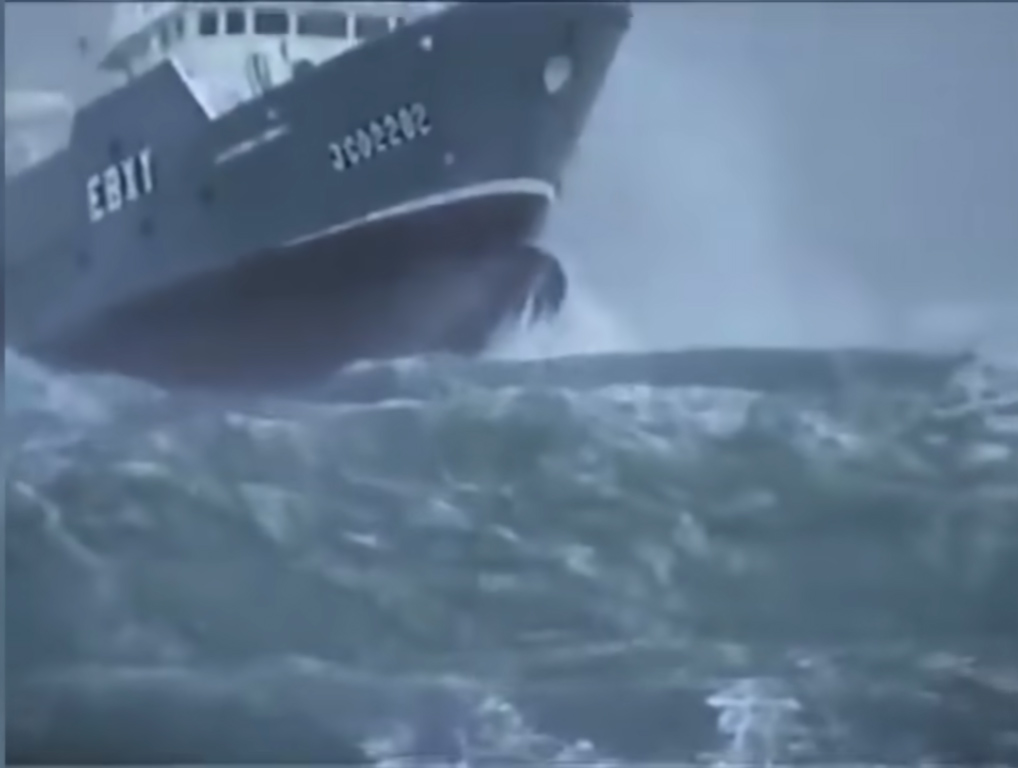
If Your Ship Stops, You’re in BIG Trouble
The most important thing to have on board during heavy weather is to keep your steering and engine running.
A dead ship in the middle of a storm is well, as good as dead. Vessels without steering or engine propulsion are helpless against the towering waves.
When the engine or steering dies, the ship positions broadside against the waves maximizing the pounding effect on the ship’s hull.
And when the swell is at your side, the rolling becomes worse. In some cases, it capsizes the vessel.
If not, you’ll get drifted until you get aground. This is worse since the heavy waves will keep on pounding you until your ship literally breaks or the storm eases.
Keeping the Waves Against the Bow
In ship construction, we learned that the strongest part of the ship is the bow. As we can see, the frames here are designed closer to each other.
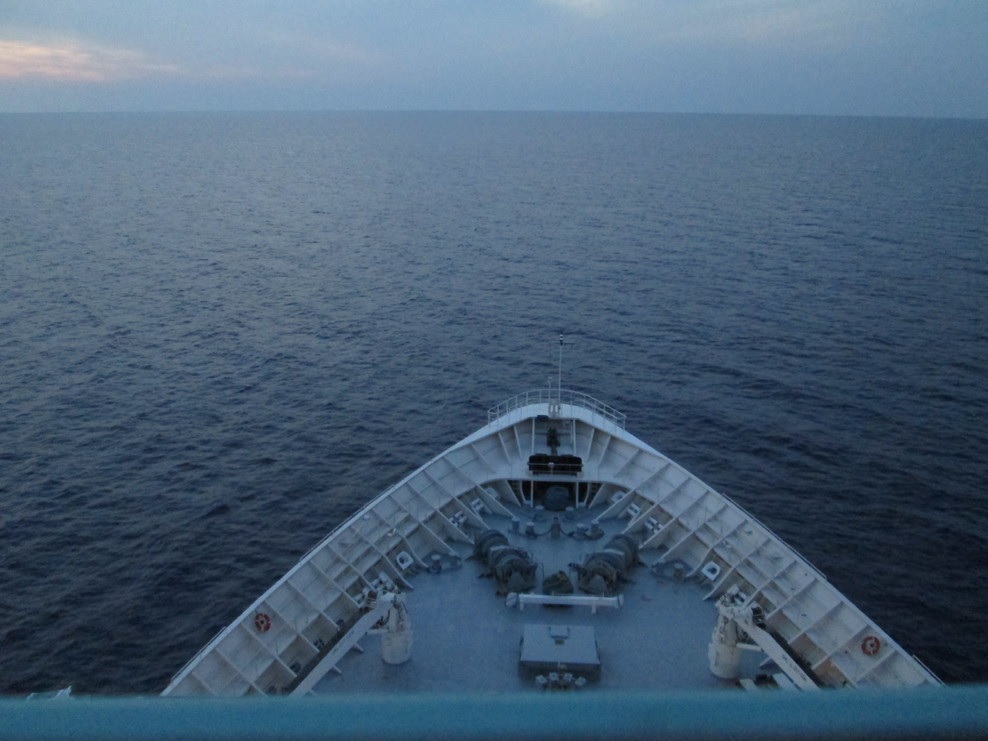
That is why when a collision is inevitable, it is advisable to position the bow favorably to receive the impact.
And this also applies in heavy storms.
Slicing the Swell
Another benefit of keeping the waves against the bow during heavy swell is to reduce the rolling effect of the ship.
The rolling period is like “barbecuing” a vessel. It’s the ship’s left and right movement like a barbecue in a stick. And this makes the crew seasick as well as difficult to move around and even sleep.
When the wave is against the bow, the ship’s movement is like a seesaw. In nautical lingo, this is called pitching. It is more favorable than rolling.
How it feels inside the Vessel
During heavy weather, all loose items outside and inside the accommodation must be secured. This is the job of everyone, especially the Bosun.
But sometimes, a few loose items could be seen running around due to the intense waves colliding the ship.
When the storm is very strong, it’s possible to experience positive and negative G (gravity). Sailors experience “weightlessness” as the ship is thrown into the air. The opposite happens (added extra weight) if the vessel plunges into the waves.
Moving inside the ship is difficult especially if you are carrying something. You need your hands to hold the railings to keep your balance.
Moreover, eating is close to impossible too as the food could run around the messroom. Even cooking is a challenge. And sleeping? Well, you might wake up on the floor after getting thrown off from your bed.
Heavy Storm While Alongside
The best place during a hurricane or a heavy storm is outside in the open sea where the ship can maneuver and drift without the risk of getting in close contact with shallow waters, port infrastructure, buoys, or other ships.
But there are times when a ship gets caught in a heavy storm while berthed. Yes, we know that this sounds negligent but the Master knows what he’s doing.
Force 9 at Berth
I’ve been on board where we stayed alongside during a Force 9 weather (Beaufort Scale). It didn’t happen once but twice.
On two separate occasions, we were in Foynes, Ireland, and Bordeaux, France. After receiving the forecast, our captain decided that we wait for the out storm while berthed.
The terminal allowed us with our plans even if our operation was completed. We only added a few more mooring ropes and increased the frequency of safety rounds.
Heavy Weather While at Anchorage
Again, this may also seem negligent but I’ve been with ships where we stayed at the anchorage during a Force 8 winds in the Beaufort Scale.
As long as the anchor held, our captain didn’t budge. Other ships started drifting but we we firmly in position at the anchorage area until the storm passed.
I think one motivating factor why we stayed there was consumption. Drifting consumes more fuel and we were saving every dollar we have because of the crisis. But we were safe the whole time.
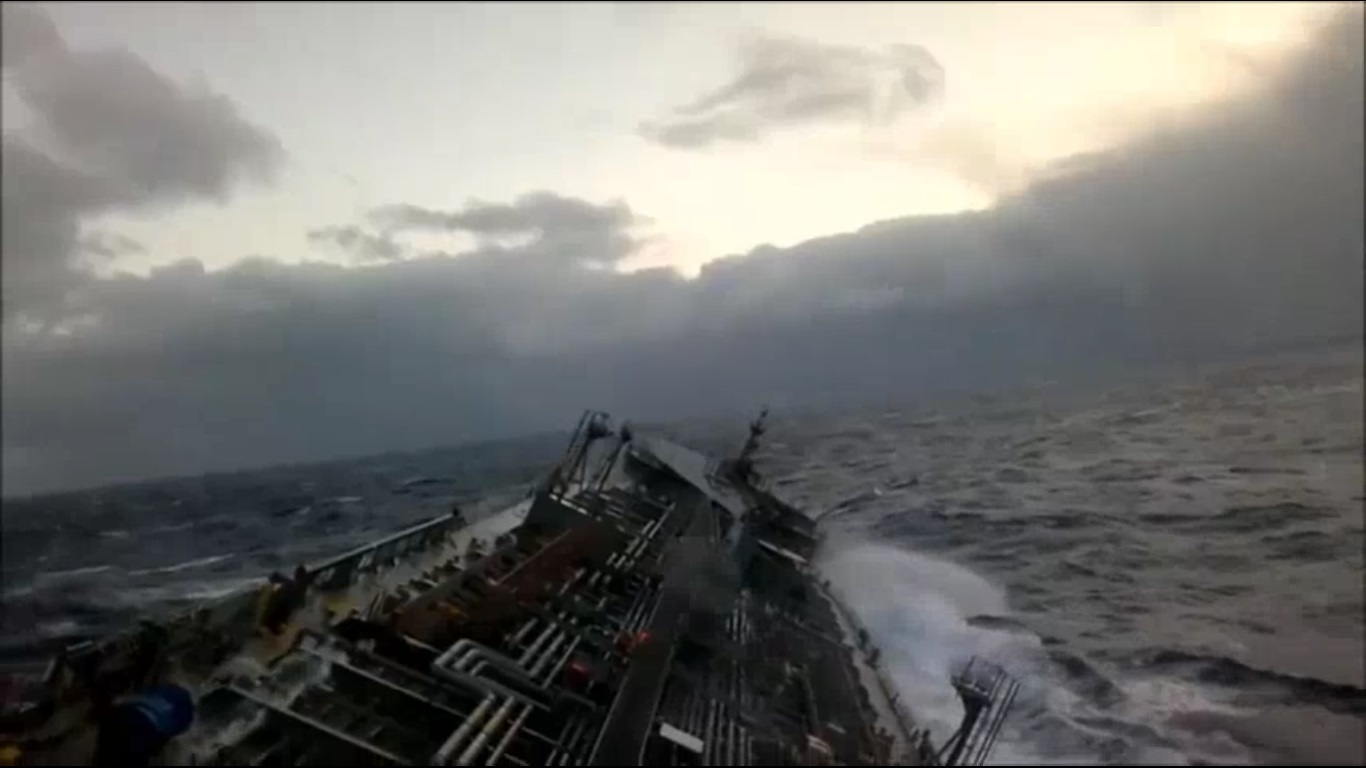
Heavy Storms at Sea
Storms occur in a predictable definitive pattern. If you study enough marine meteorology, you get to recognize them early on even before they fully develop.
Today, weather disturbances are best seen over the satellite. The months from November to February are considered hurricane season, especially in the northern hemisphere.
But business continues throughout the year even during a heavy storm. And during an inclement weather, the open sea is the safest place for ships to be.
I remember we were making 2 knots ahead even with the engines running full ahead. We were meeting a very strong storm head on.
When the ship starts to roll heavily, the vessel’s course is normally adjusted to avoid excessive rolling. This could mean altering the ship to a favorable course even if it means delays.
The most important is to keep the vessel’s stability intact even if the waves are 15 meters high. One practice is to avoid excessive stress and bending moments in the ship’s hull.
Loaded Versus Ballast Ship
The condition of the vessel whether she is loaded or in ballast has huge impact in the ship’s stability during heavy weather. A loaded ship is heavier therefore more resilient heavy seas.
Meanwhile, a vessel in ballast condition gets easily tossed by the waves. She is lighter and the heavy seas will prove more challenging in maintaining her course.
But of course, the type of ship and her size including the stability metrics that the chief mate applied are factors which can help save the vessel in a heavy storm.
In some cases, ballasting or de-ballasting helps in adding better stability in a hurricane.
Surviving Heavy Storms at Sea: Weather Reports
Preparation plays a major role in surviving hurricanes on board your ship. And like what happens on land when there is an approaching storm, the similar things happen on board.
Information is your best weapon. Seafarers receive weather reports using various equipment found on the bridge. The main instrument seafarers use in receiving navigational and meteorological updates is the Navigational Telex or NAVTEX.
Another instrument which prints meteorological information is the weather fax. This is machine prints a map of a particular region and overlays it with isobars and data regarding the weather disturbance.
Coastal stations also broadcast weather updates using VHF radios. Lastly and with the help of internet, seafarers obtain more detailed information regarding the storm and its movement through various meteorological websites.
Grander Fleet: More Sophisticated Equipment
Some companies employ a whole team of meteorologists to monitor the weather. They also track their ships, alert them, and reroute if necessary to avoid hurricanes.
This is especially true for large shipping fleets and cruise vessels where the guest’s safety and enjoyment are the number one priority.
Shoreside personnel monitors the whole region of the earth for developing weather conditions. If they see something that is close to a particular vessel in their fleet, they inform that ship.
The ship then makes a decision to reroute to another port to avoid getting caught in the inclement weather. Actions like this may delay a ship but it helps save avoidable losses like containers falling overboard.
Conclusion
Ships are built to float and withstand the heaviest weather. But when you are there and 15-meter waves pound your ship, it won’t stop you from thinking about the worst case.
Heavy storms are part of the natural cycle found in nature. As a seafarer for more than a decade, I encountered hurricanes that really made me wonder if we could reach our destination.
Many sailors experience that during their careers at sea.
But as they always say, if you take good care of your ship, she will also take good care of you. And this has proven good to me even during the toughest storms.
May the winds be in your favor.

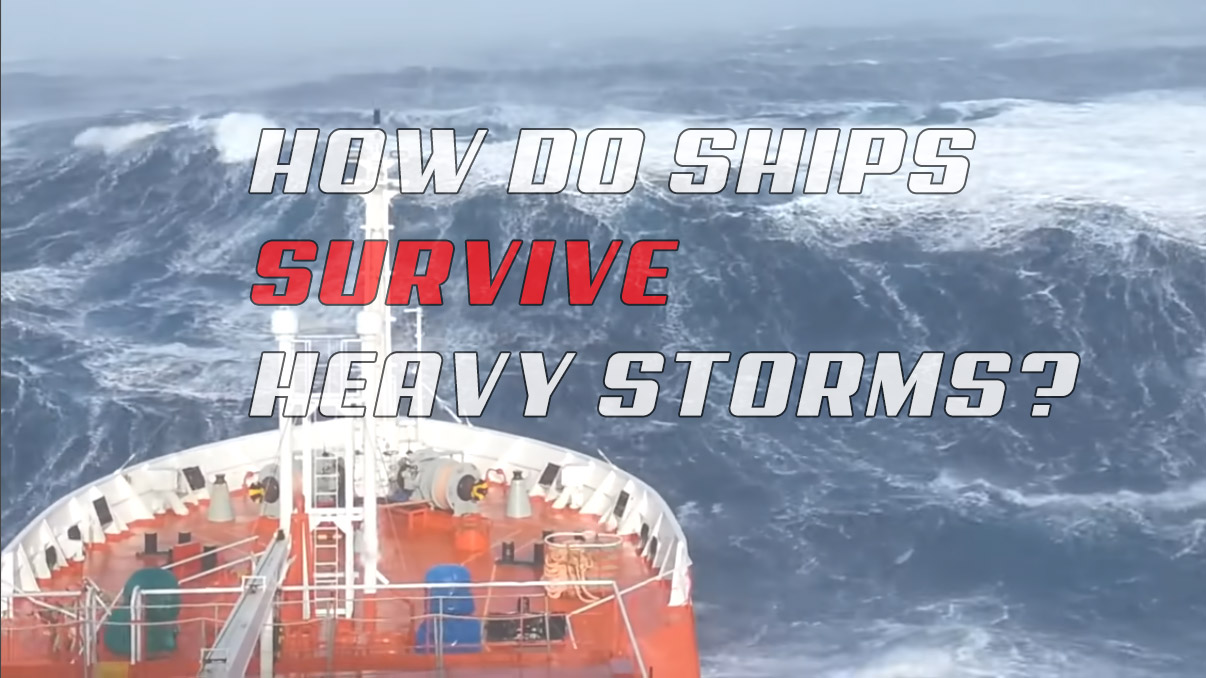
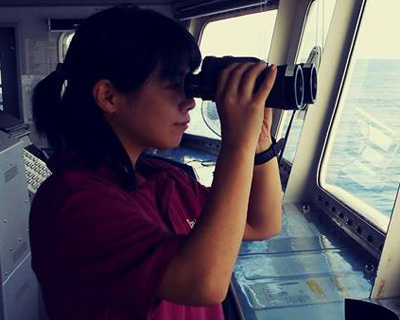
0 Comments